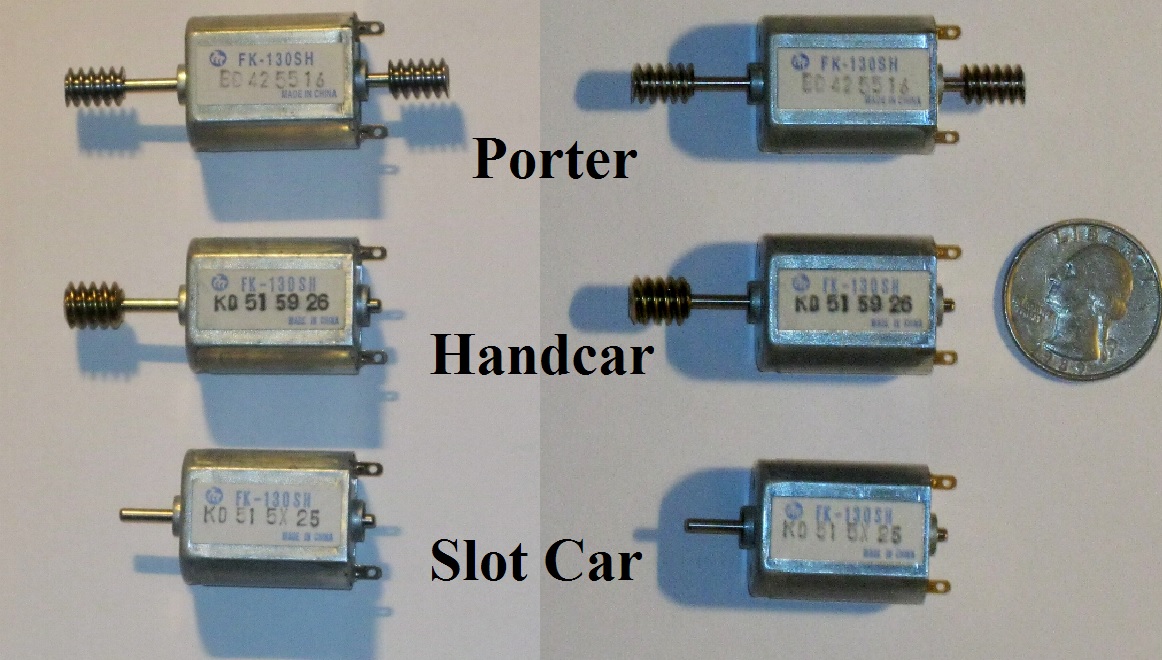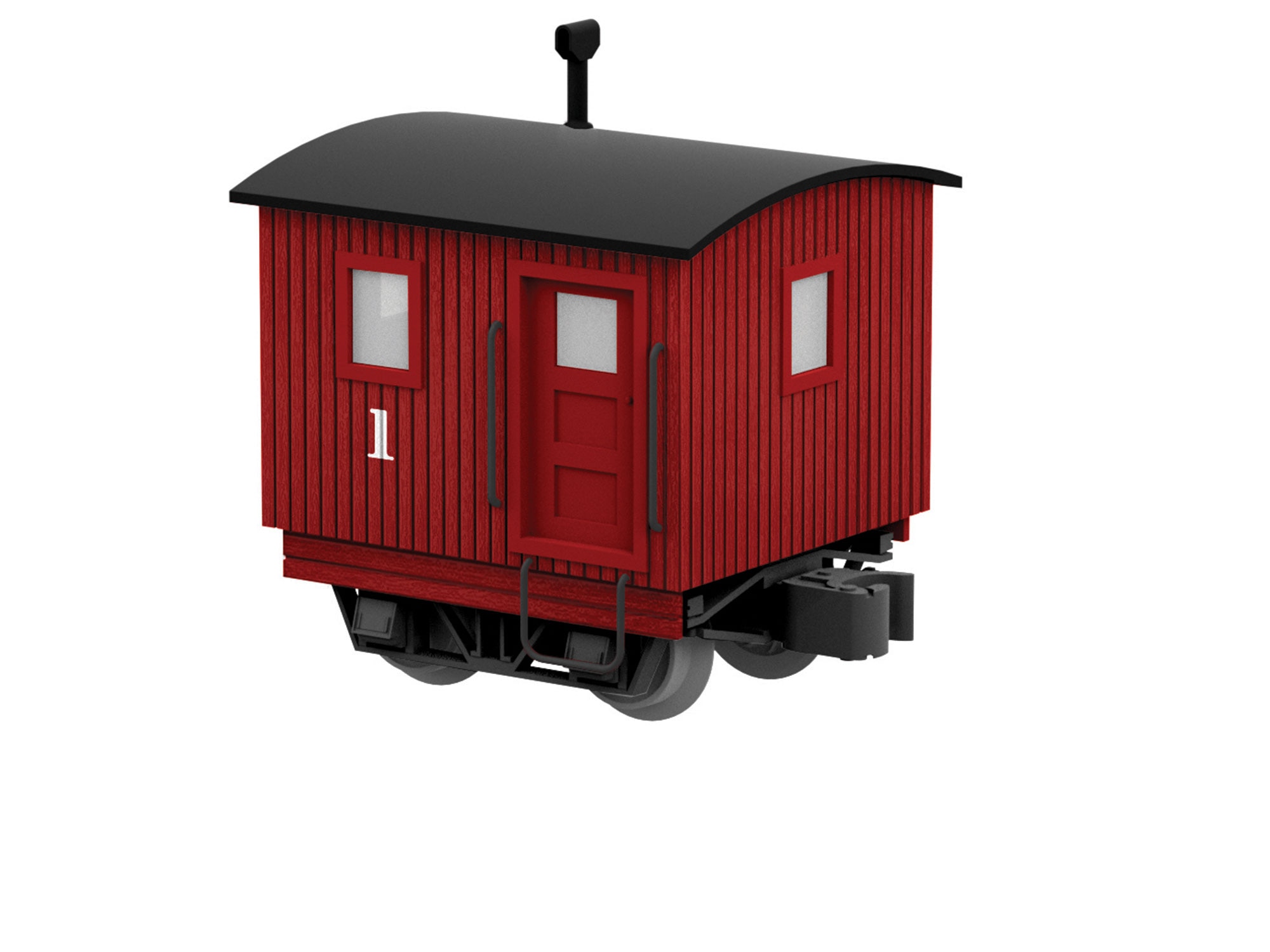GRJ,
When you highlighted that you used an old power chassis, are you referring to a Lionel air whistle tender with a pullmor motor, or a four wheel timken truck from a train chassis that has a pick-up roller? Don't mind me, I'm trying to get the gist of everything.
No, the clown handcar has the K-Line power chassis, and I used an identical one from a scrapped K-Line unit for under the wagon. I have a tether for power and motor from the powered handcar to the unpowered chassis. As you can see, I have four pickup rollers and seven wheels picking up track power (I discount the one with the traction tire on the powered unit). I just take took the motor out of the unpowered one and the wheels roll free.

The crates on the wagon has all the electronics for the TMCC control, the sound module, and of course the four color changing LED's along the side of the crate.

The speaker is a little speaker with enclosure that I rescued from a dead laptop. It's amazing the volume they can coax out of a tiny speaker in laptops, the audio engineering must be fairly significant. The speaker enclosure is only 1.25" x .75" x .5", and it's nicely loud, even inside the box.

In another little twist, my custom sound module has inputs for four sound triggers. Since I have no couplers, I can trigger a couple with the coupler outputs from the TMCC board, they're opto-isolated from the rest of the circuit. The other two input triggers are simply switch closures to ground.
The arrows point to two reed switches placed under the wagon, these are tied to the extra sound channels on the sound module. I can place a magnet anywhere along the track and trigger a custom sound at that point as the handcar comes by.

Here's the sound board that's used in this car, it's one I designed and built. I piggyback a commercial MP3 sound player on my control and power supply electronics, the whole package is very compact and fits most anywhere.

This is the circuit on my add-on motherboard, the player perched on top is the BY8001-16P MP3 player module.

More than you ever wanted to know I'm sure. 






























